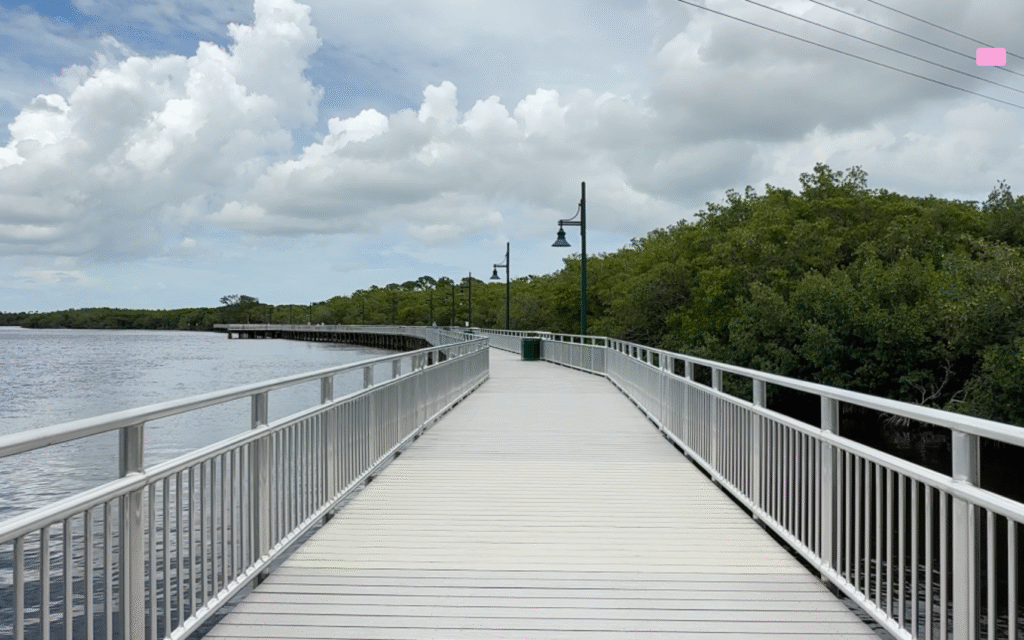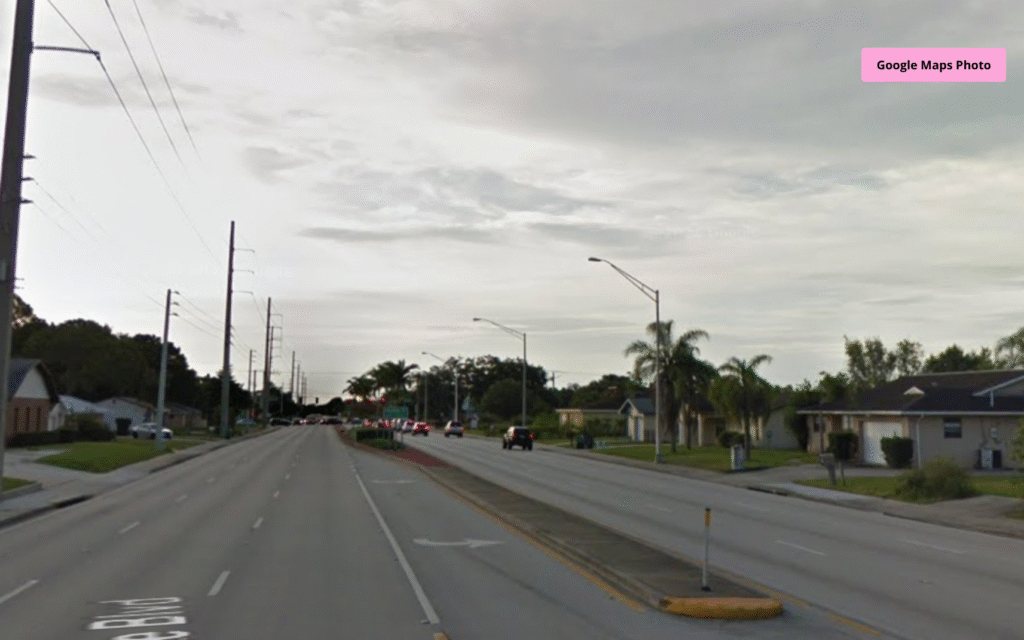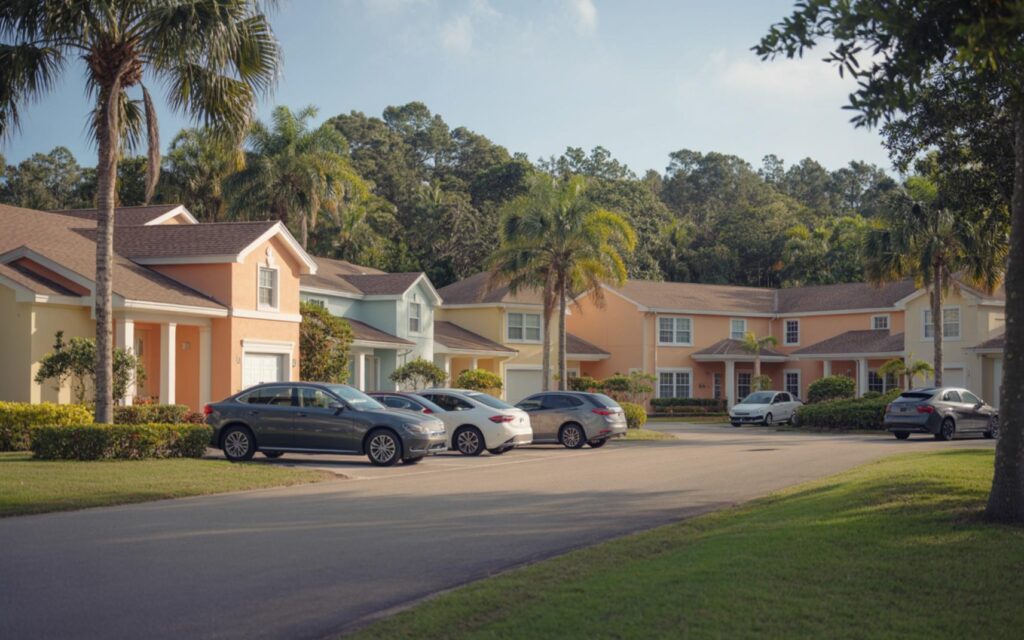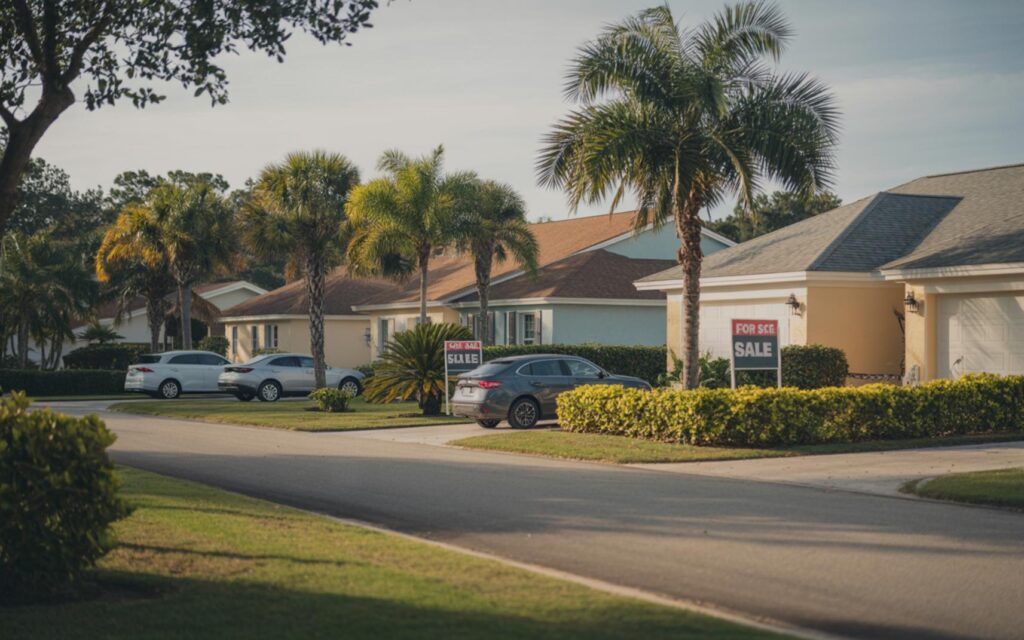Sea turtle nesting on Singer Island faces significant challenges as beach erosion and rough surf have destroyed over 100 nests in recent months, according to Palm Beach County officials. Singer Island, located along Florida’s east coast, is a critical nesting area for loggerhead, green, and leatherback sea turtles, making the situation a major concern for conservation efforts.
Sea Turtle Nesting on Singer Island: Key Facts
Singer Island is recognized as one of the most important sea turtle nesting grounds in the region. Palm Beach County, which includes Singer Island, supports approximately one-quarter of all sea turtle nesting along Florida’s east coast. In a recent year, officials recorded over 13,000 nests in the county.
Sea turtle nesting season in Florida runs from March 1 through October 31. During this period, female sea turtles come ashore at night to lay eggs in dry sand above the high tide line. Each nest typically contains between 80 and 120 eggs, which incubate for about two months before hatchlings emerge and head to the ocean.
Impact of Beach Erosion on Sea Turtle Nests
Beach erosion has become a critical threat to sea turtle nesting on Singer Island. According to Palm Beach County data, the area is officially designated as “critically eroded,” with average shoreline retreat measured at 41 feet over a five-year period in the early 2000s.
Recent storms and king tides have accelerated the loss of sandy beach habitat. Officials report that these events have washed away over 100 sea turtle nests, directly reducing the available nesting area and exposing eggs to the sea.
Natural and Human Causes of Erosion
Erosion on Singer Island is driven by both natural forces and human activities. Storms, hurricanes, and high surf events contribute to the loss of sand, while coastal development and shoreline armoring further disrupt natural beach processes. The combination of these factors has resulted in a shrinking habitat for nesting sea turtles.
Consequences for Sea Turtle Populations
Experts from conservation organizations emphasize that the destruction of nests and loss of habitat pose a significant threat to sea turtle populations. Reduced nesting areas mean fewer eggs are laid, and exposed nests face increased risks from flooding, predation, and temperature changes. These impacts can lead to lower hatchling survival rates and threaten the long-term stability of sea turtle populations in Florida.
Conservation Efforts and Response
In response to the ongoing threat, local volunteers and conservation groups are actively monitoring Singer Island’s beaches. Under special permits, some exposed eggs are relocated to safer locations to improve their chances of survival. These efforts are coordinated with state and local agencies to ensure compliance with wildlife protection regulations.
Beach Nourishment and Dune Restoration
To combat erosion and protect sea turtle nesting habitat, Palm Beach County and state agencies are considering or implementing several projects, including:
- Beach nourishment: Adding sand to eroded beaches to restore nesting habitat
- Dune restoration: Rebuilding natural dunes to provide additional protection
Conservationists broadly support beach nourishment as a preferred method, provided it is carefully regulated to avoid negative impacts on marine life. Hard engineering solutions such as seawalls and breakwaters are more controversial, as they can worsen erosion and further limit nesting areas.
Ongoing Monitoring and Community Involvement
Monitoring of sea turtle nesting activity and nest loss continues along Singer Island. Local volunteer organizations, scientists, and regulatory agencies work together to track nest numbers, assess habitat conditions, and implement protective measures. Community involvement and strict regulation are considered essential for effective sea turtle conservation.
Future Challenges for Sea Turtle Nesting
Climate change and sea level rise are expected to worsen beach erosion and increase the frequency and severity of storms. These changes present ongoing challenges for maintaining suitable nesting beaches on Singer Island and throughout Florida.
Officials and conservationists stress the importance of long-term planning, habitat restoration, and public engagement to support sea turtle populations. The survival of these species depends on protecting and restoring the sandy beaches they need to nest successfully.
Frequently Asked Questions About Sea Turtle Nesting on Singer Island
What is the main threat to sea turtle nesting on Singer Island?
The main threat to sea turtle nesting on Singer Island is beach erosion, which destroys nests and reduces available habitat. Storms, high tides, and human activities all contribute to this problem, according to Palm Beach County officials.
How much sea turtle nesting occurs on Singer Island each year?
Palm Beach County, including Singer Island, supports about one-quarter of all sea turtle nesting along Florida’s east coast. In a recent year, more than 13,000 nests were recorded in the county.
Are there efforts to protect sea turtle nests from erosion?
Yes, local volunteers and agencies are monitoring beaches and sometimes relocating exposed eggs under special permits. Projects like beach nourishment and dune restoration are also being considered or implemented to protect nesting habitat.
Can you visit Singer Island during sea turtle nesting season?
Yes, the public can visit Singer Island, but visitors are encouraged to follow guidelines to avoid disturbing nesting turtles and marked nests. Conservation groups and officials provide information to help protect these sensitive areas.
Where are the most important sea turtle nesting sites in Florida?
Some of the most important sea turtle nesting sites in Florida are found along the east coast, including Singer Island in Palm Beach County. These beaches provide critical habitat for loggerhead, green, and leatherback turtles.
































